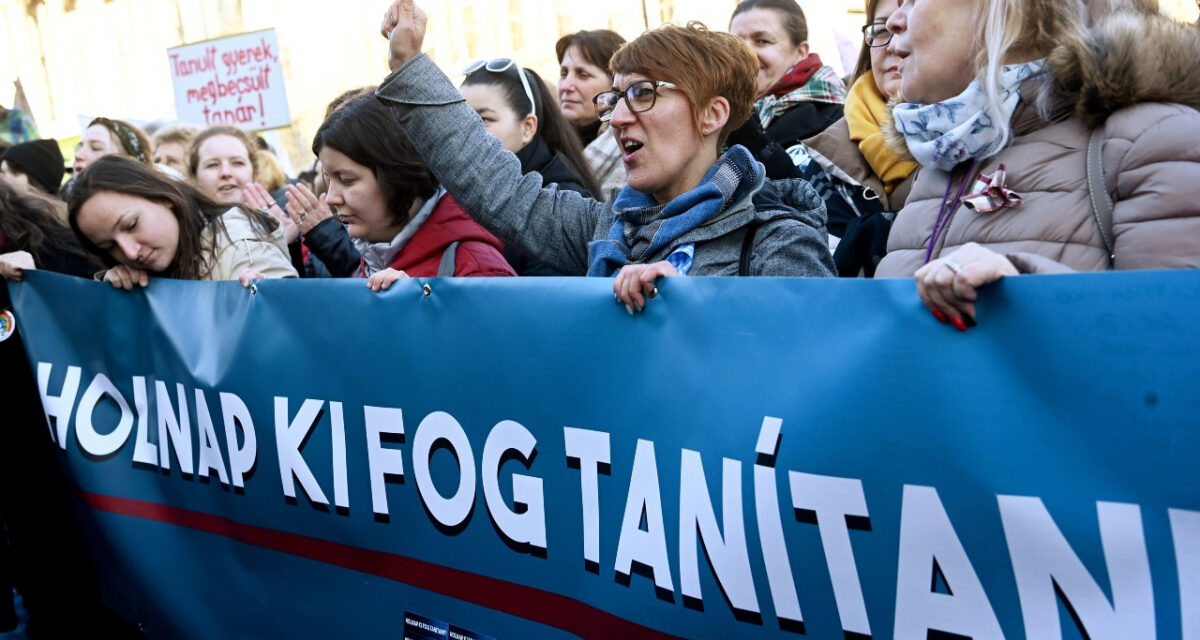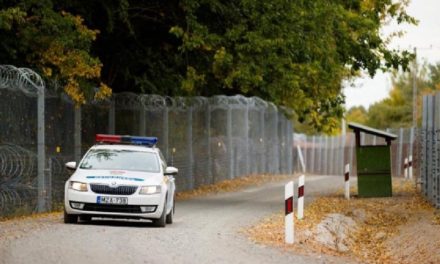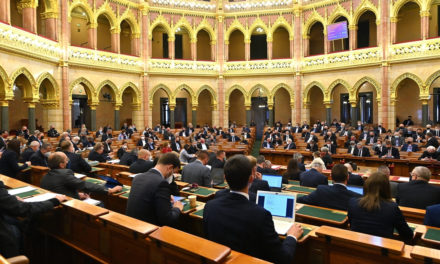Hungary ranks far better than the European average in terms of the number of teachers per capita.
When examining the sustainability of the education system, the number of students per teacher is a more relevant question than the number of teachers.
If fewer students have to be educated in schools, fewer teachers will be needed, so the number of students per teacher is a more suitable indicator for assessing the teacher shortage and for international comparisons
- says the Oeconomus Economic Research Foundation in its analysis published today.
The article notes: with the decrease in the number of students per teacher, the workload of the teachers also decreases, and the students also receive a higher quality, more focused education.

Source: Eurostat
In the analysis, they refer to the data published by the Statistical Office of the European Union (Eurostat).
In Hungary, there were 10.6 students per teacher, while the EU average was 12.1.
Among the EU member states, Greece, Malta and Croatia have the most favorable teacher workload indicators, with 8.2, 8.7 and 9.1 teachers, respectively. Among the V4 countries, our country performs best, followed by Poland, which is also below the EU average (10.9 students/teacher). In contrast, in the Czech Republic and Slovakia, the ratio of students per teacher is higher than the EU average; 13.2 and 14.3 people respectively.
Among the member states of the European Union, the value of the indicator is the worst in the Netherlands and France; 16.4 and 14.9 respectively.
Examples are also given in the article:
In the Netherlands, in order to alleviate the shortage of teachers, an agreement was reached at the municipal level that they will not compete with each other for teachers, but rather work together to find ways to increase the number of teachers. In France, before the school year started last year, 4,000 teachers were absent from the education system.
Oeconomus, there are also interesting things in other countries :
In Italy, for example, 150,000 teaching positions are filled by non-professional teachers, and in Sweden, 153,000 teachers must be trained by 2035.
Featured image: MTI/Noémi Bruzák













